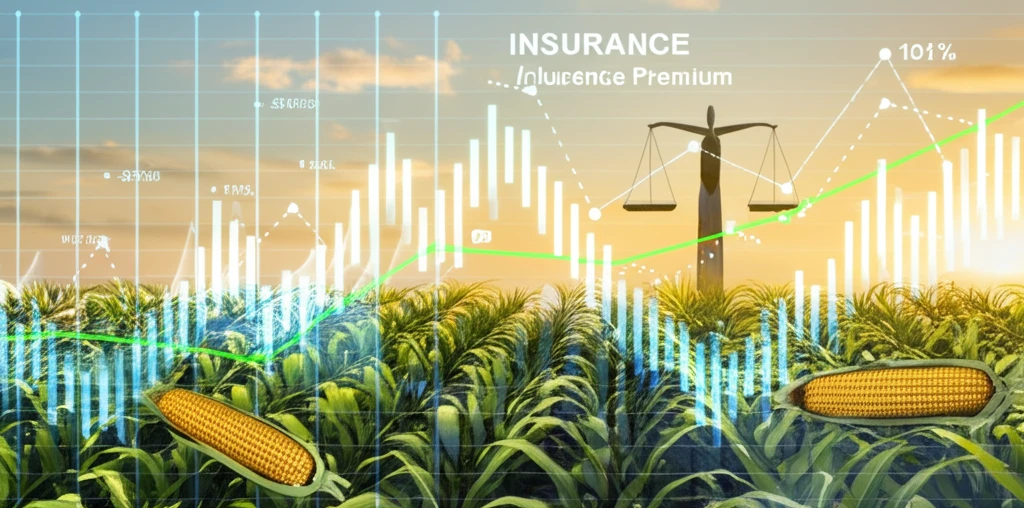
Crop Insurance in 2024: How Stocks Impact Your Premiums & What Farmers Need to Know
"Uncover the connection between crop stocks, yield correlations, and revenue insurance premiums and protect your farm's financial future."
For farmers, crop yields and harvest prices are the bedrock of their livelihoods. The relationship between these two factors is more complex than it appears. Typically, they act as a natural hedge: when yields are high, prices tend to drop, and vice versa, thus stabilizing revenues. However, a recent study sheds light on how existing crop stocks—the amount of grain carried over from previous years—can significantly impact this delicate balance and, consequently, influence revenue insurance premiums.
Understanding how crop stocks affect revenue insurance premiums is critical for farmers. Revenue insurance is designed to protect against unexpected losses due to low yields, price declines, or a combination of both. Accurately predicting these risks is essential for setting fair and effective premium rates. New research employs sophisticated statistical methods to explore the intricate relationship between crop stocks, yield and price correlations, and insurance premiums.
This article translates complex research into practical insights. By diving into how stock levels influence yield and price correlations, and subsequently, insurance premiums, farmers can better prepare for potential market shifts, optimize their risk management strategies, and make informed decisions about their insurance coverage.
How Do Crop Stocks Influence Price and Yield Correlations?

Traditionally, harvest prices and crop yields have an inverse relationship; Acting as a natural risk management hedge through stabilizing revenues. When one is high, the other tends to be low, helping to stabilize a farmer's income. However, storage theory suggests that this correlation isn't static; it shifts based on the amount of stocks carried over from previous seasons. High stock levels can weaken this negative correlation, while low stock levels intensify it.
- SQR: Statistical method enabling sampling from the empirical joint distribution using SQR, to approximate the stock-conditioned correlation.
- B-splines: A class of functions used to estimate the 7-th quantile function for different T values ranging from 0 to 1.
Navigating the Future of Crop Insurance
The interplay between crop stocks, yield and price correlations, and revenue insurance premiums is a complex but crucial element of modern agriculture. By understanding these dynamics, farmers can better assess their risk exposure, make informed decisions about insurance coverage, and safeguard their financial well-being. As markets evolve and new research emerges, staying informed and adaptable will be key to thriving in the ever-changing landscape of crop production.
